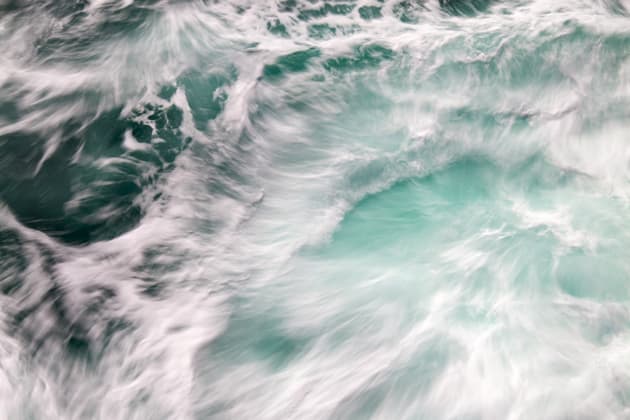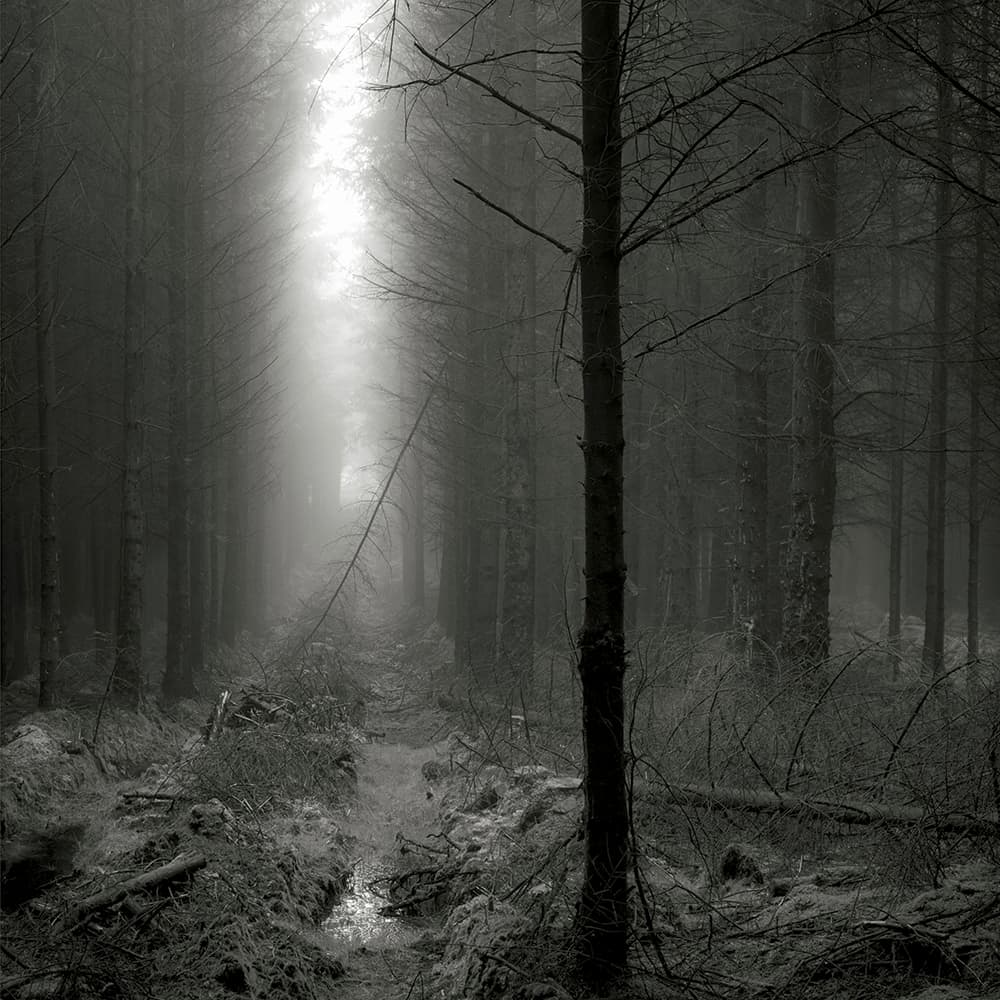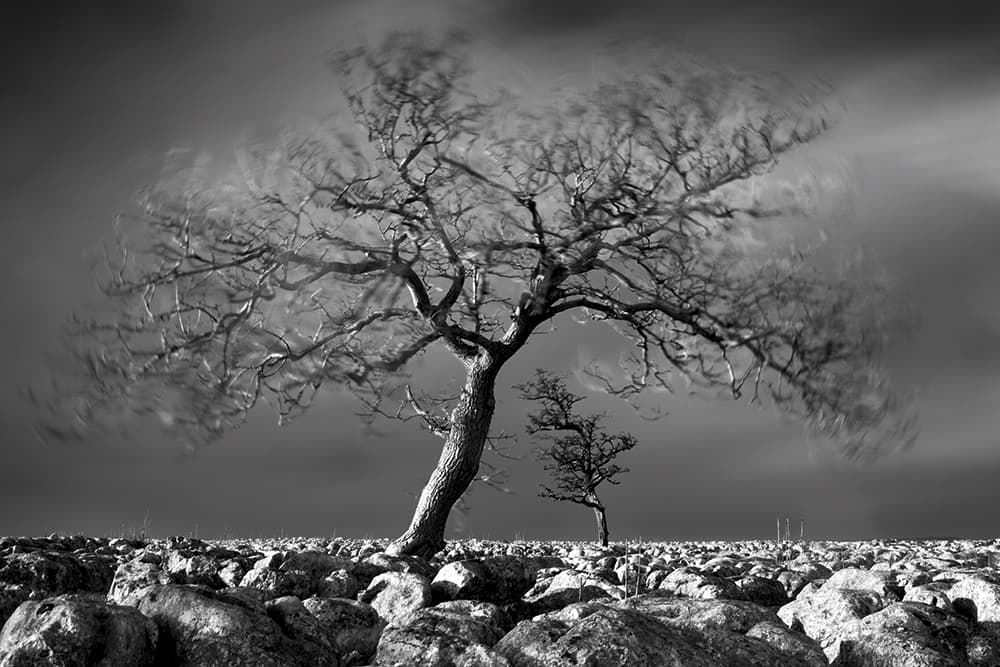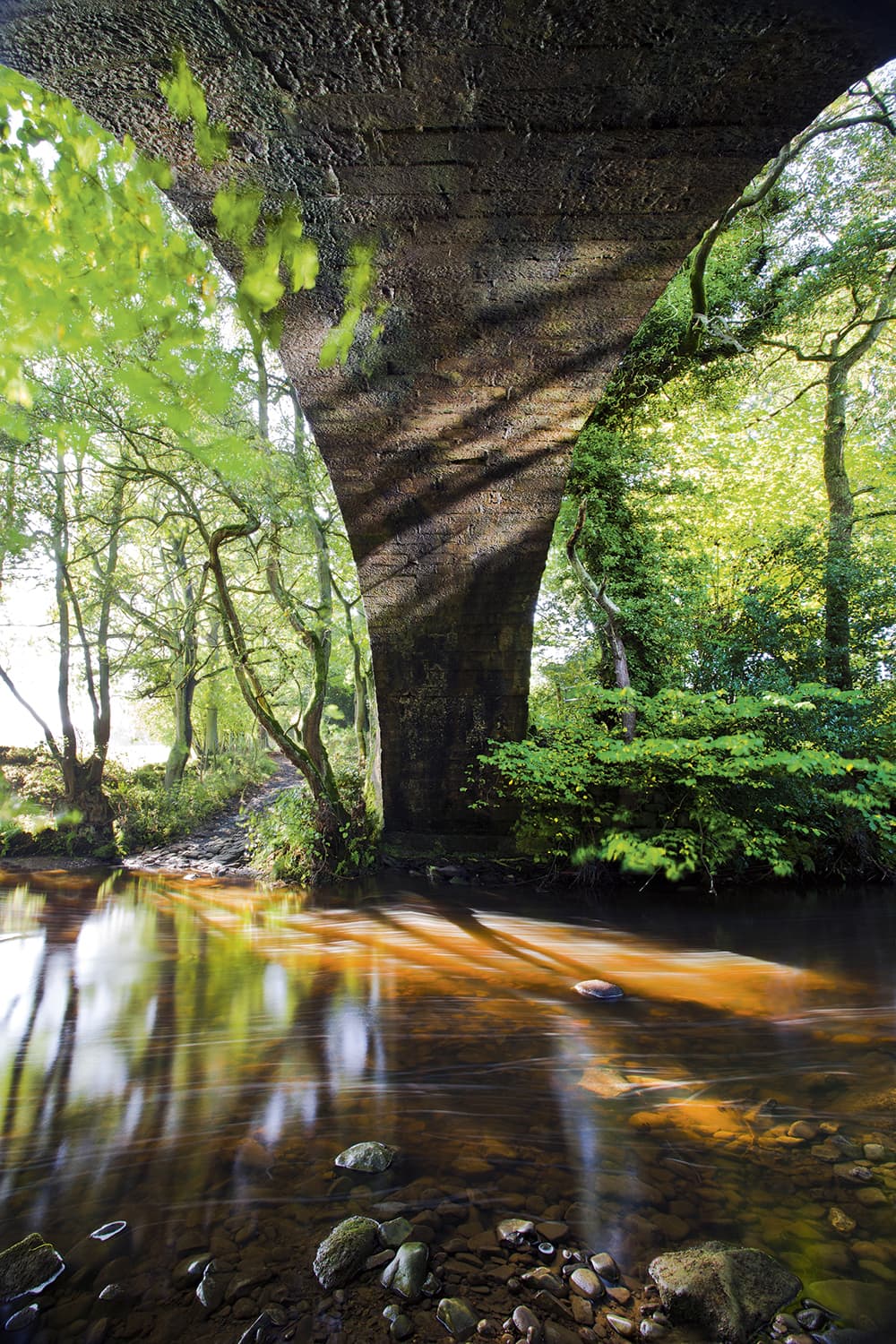It’s easy to speak of ‘breaking the rules’, but what are the rules and who makes them? To answer that, it may be useful to look briefly at why they’re there in the first place.
When an initial inquisitiveness towards photography moves beyond the casual and becomes a serious interest, many of us want to learn as much as possible and seek out information that can help us achieve the work that initially inspired us. We take advice from others who are more experienced and use it to improve. There’s nothing wrong with that; in fact it helps us speed up the learning process and achieve our objectives. Later, many of us develop tried-and-tested ways of working that fit our desired outcomes and some of them may be considered ‘rules’ for good technical reasons. These include using good-quality lenses, high ISO sensitivities, a solid tripod, and ensuring sharpness and good depth of field. These are all helpful for maintaining a high standard and, when moving into the territory of commercial photography, it’s essential to do so.
But there are several potential problems with this technical-biased philosophy. Many of the rules can be subjective and too narrow, they can often be taken too literally and become formulaic, but most importantly, if you do things the same way as others your work may end up a little clichéd. It’s a difficult thing to pinpoint, but we all have different experiences and what may be inspirational to one person could be boring and overdone to another.
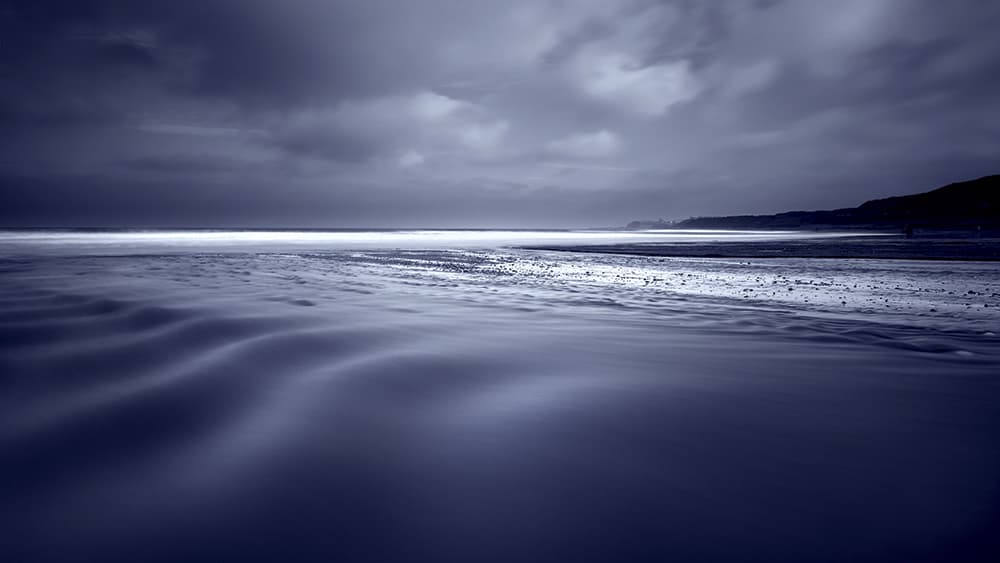
If you want to convey a particular mood in your shot, embrace post-processing to achieve your vision
There are no rules
In truth, there are no rules (and, according to some philosophers, it’s arguable that there’s no ‘truth’ either) but it may be helpful to put a few of the popular photographic canons into context before I start giving you my rules for breaking them. Oh, the irony! So let’s start with a tongue-in-cheek exploration of a few of my favourite rules, in no particular order. (Disclaimer: the following paragraphs may cause distress, so if you are of a sensitive nature, please scroll down).
Above all you must ‘get it right in-camera’, because computers and Photoshop are tools used by cheats and that pointy-horned, forked-tail guy. It doesn’t matter that advances bring new and exciting developments, because anything old is always better, especially if it makes your life harder, because we all know you need to work at it to be good. In order to achieve said camera excellence, for landscapes you’ll need to ‘use graduated filters, a tripod and mirror lock-up’, all initiated by a cable release to ensure that the image remains ‘pin sharp’ from corner to corner and free from vignetting, chromatic aberrations and noise, so when somebody gets out their magnifying glass your print is bullet proof.
You must never shoot at midday. It doesn’t matter if it’s Iceland in summer where midday lasts for decades – the light is always too harsh and blows your highlights. Oh, and never shoot locations that you haven’t visited 20 times with the very latest camera body and exotic lenses. The tilt-and-shift is optional, but shooting it on ‘thirds’, using leading lines, the ‘golden mean’ and avoiding central compositions isn’t. When back home, minimal post-processing is acceptable, but you must keep the white balance realistic, even if shooting black & white or infrared. Above all, make sure you don’t use the camera’s default aspect ratio – 1×1, 5×4 and 16×9 cropping is much better for true representation!
What makes photography engaging?
If you haven’t already directed profanities at my words, or visited my blog to ‘put me right’, my light-hearted anecdote may have highlighted one or two familiar things you hold in high regard. In my defence, I’m not saying all these rules are bad – I’ve already mentioned achieving good commercial standards – but in my view, what is so often overlooked in the unquestioning pursuit of them, is what makes photography engaging. All too often ‘good’ is synonymous with ‘technically perfect’, and this smokescreen stops many from experimenting with ways to engage an audience. Ideas, creativity and social meaning are the catalysts to emotive engagement. My preference is for a powerful image, with technical imperfections, rather than a strong technical image with no soul.
This is a personal choice based on my experience. I’ve always rooted for the underdog and empathised with the maverick. My art college days taught me to challenge the norm, to twist, distort and actively seek out originality. (See, there’s the irony again). To be true to one’s self.
‘But,’ I can hear you asking, ‘all this surely only matters if what you’re doing is for somebody, if your work has a target audience of more than one?’ By aiming to stay at the edge of current trends and mixing in something different without making your images too alienating, I believe you can start to develop a personal style that distinguishes your work. This is a great goal – whether only for yourself, or for others to see the results.
So my entire philosophy is centred on eroding those creative blockages and getting people to move beyond a fixation with the rules. This will open up new and exciting ways to experiment. Please try not to focus only on whether an image is pin sharp or if the highlights are blown. If you produce something that evokes an emotional reaction, then, in my book, you’ve achieved something special.
Why it works
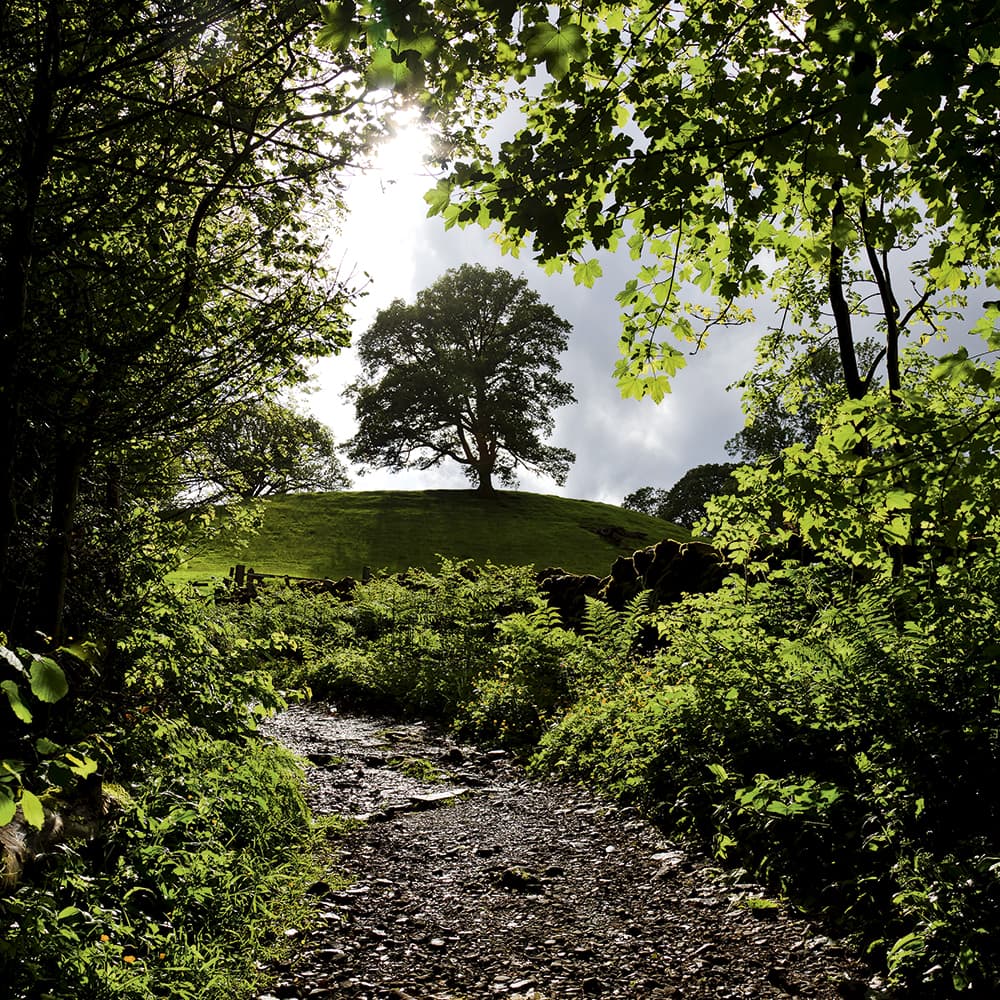
In this shot, I purposely placed the distant tree in the centre. I wanted the viewer’s eye to be pushed towards it by framing it around the foreground foliage. The path (that’s often been mistaken for a stream, which isn’t surprising in the Lake District) has been used as a leading line, drawing you towards the distant tree. The blown highlights to the top left of the tree are there because I’m shooting into the sun.
I waited for the cloud to partly obscure the sun, which enabled me to achieve a silhouetted tree, adding to its prominent positioning at the top of the nicely curved hill. The sun also gave good contrast to the translucent leaves, helping the composition lead your eye into the shot against the dark mid-ground and heavy clouds. I feel the image offers themes of resilience and, in a subtle way, encourages you to break with convention.
Behind the scenes
Who says you can’t make a good image at midday? I was on the Yorkshire Dales in my favourite type of inclement conditions. The wind was fierce, the clouds imposing and shafts of strong midday light were moving quickly across the scene. I set the composition to reflect an anthropomorphic ‘parent-protecting-child’ theme, and waited for some foreground light to pinpoint the trees. I chose to simplify the clouds with an ND 0.8 filter and used a 20sec exposure to put movement into the branches.
The lack of colour in the bright midday light lent itself to a monotone conversion. It also added a nice level of harsh contrast that supported the concept, but countered the popular view that big tonal ranges are always good.
Ideas to try
As I’ve mentioned, there’s great irony in the act of offering advice on how to ignore it. This may seem a little strange, but that’s the point. You should take what others are saying and critically evaluate and manipulate it just enough to make it interesting – but not alienating to the intended audience, even if it is a narrow one. Try mixing up your ideas, use them in different unexpected conditions (force yourself to place the horizon on the centre) and challenge yourself to see the world from different perspectives, (force yourself away from popular locations). It may feel frustrating and some of your images will fail, but experimentation can be fun and can generate great ideas. So long as you keep an open mind, evaluate and build on those failures, you’re creating unique ideas for the future.
In-camera movement (ICM)
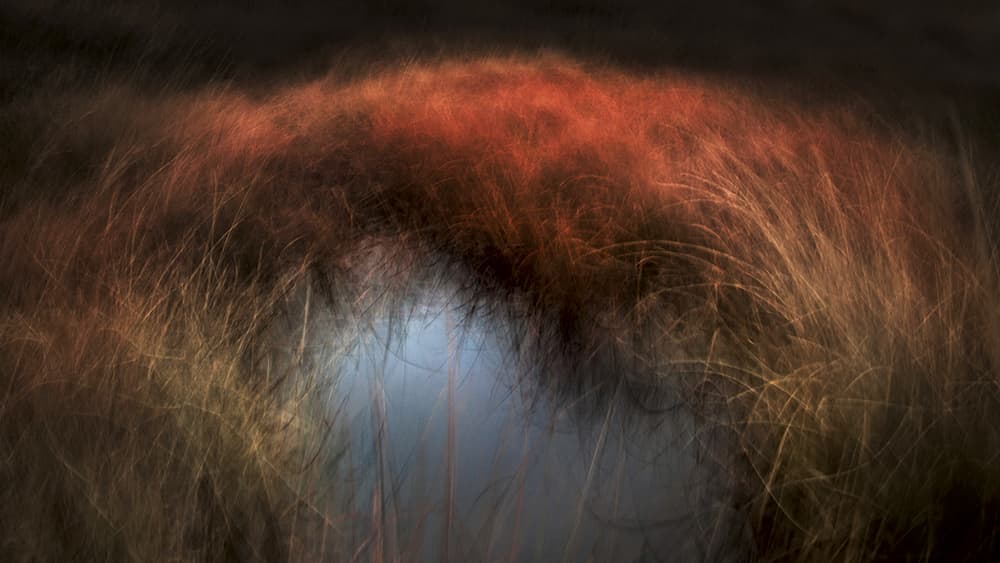
ICM has become popular recently, but it’s often synonymous with an anti-post-processing philosophy. My view is if the outcome is good, the journey is of secondary importance. However, ICM does disregard popular rules, namely sharpness and compositional trends.
Central composition
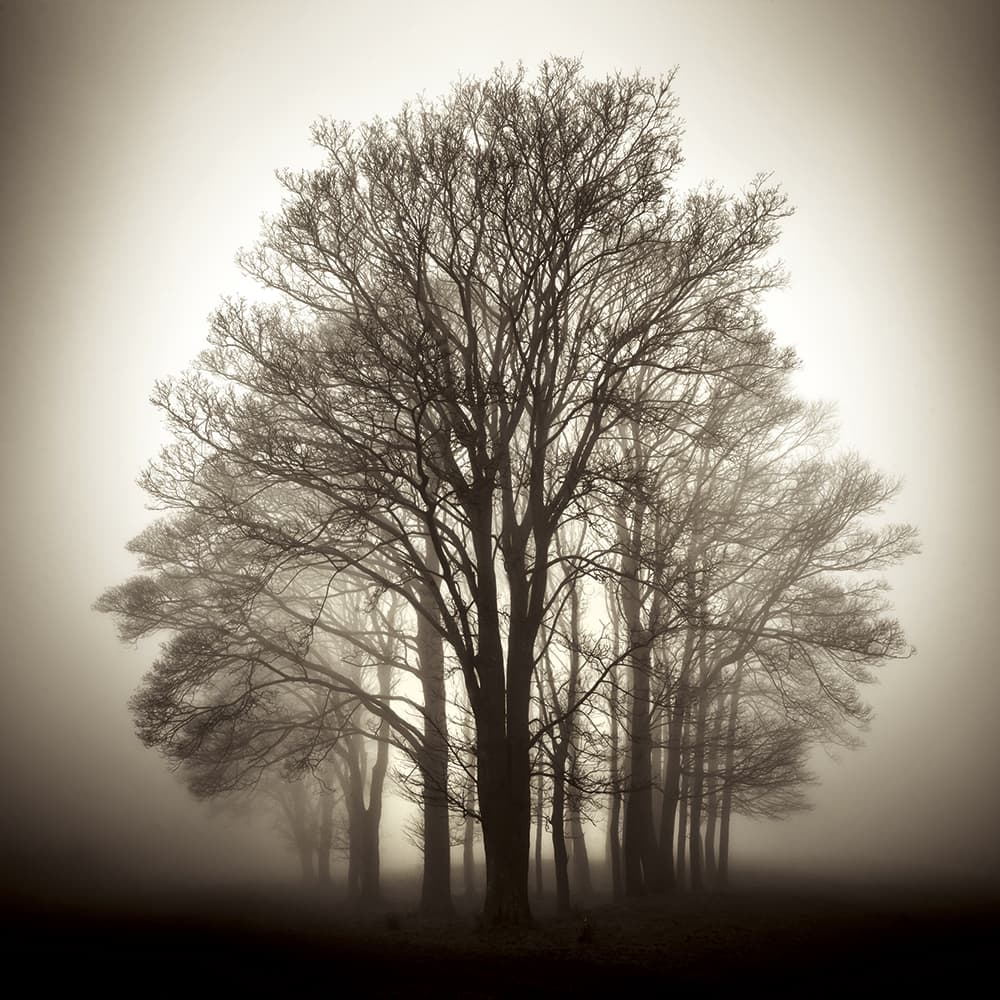
I entered this shot in an agricultural show. It came second and I was ‘advised’ it didn’t win because it was too central! I don’t believe content should be ignored in favour of the rules, so disregard the naysayers and rework your composition as you see fit.
Centre horizon
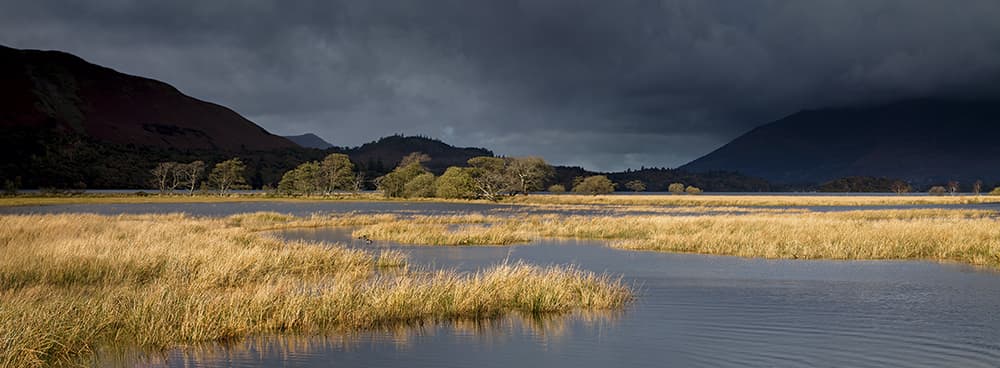
Composition is all about balance and we’re often told not to put the horizon in the centre. This is to help with dynamic compositions, and often counters the empty space created by sky. But sometimes there’s a natural balance to be had with this method. I say if it looks good, use it.
Over-processed
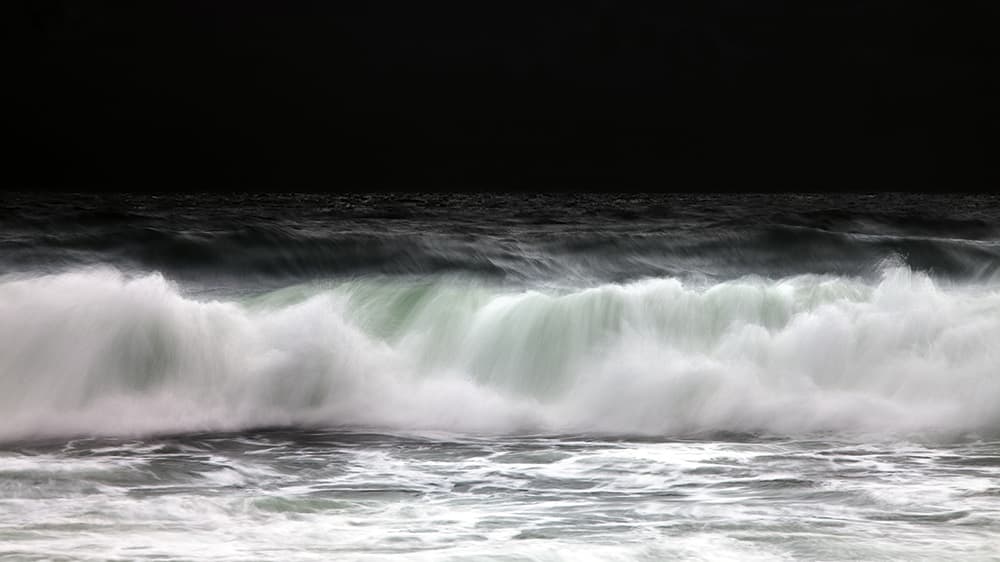
You often hear people in photography canonising realism, in reference to excessive post-processing. Here I’ve embraced fantasy and mixed together elements from a few images. My intention was to focus attention on the power, energy and movement in the wave.
Unorthodox angles
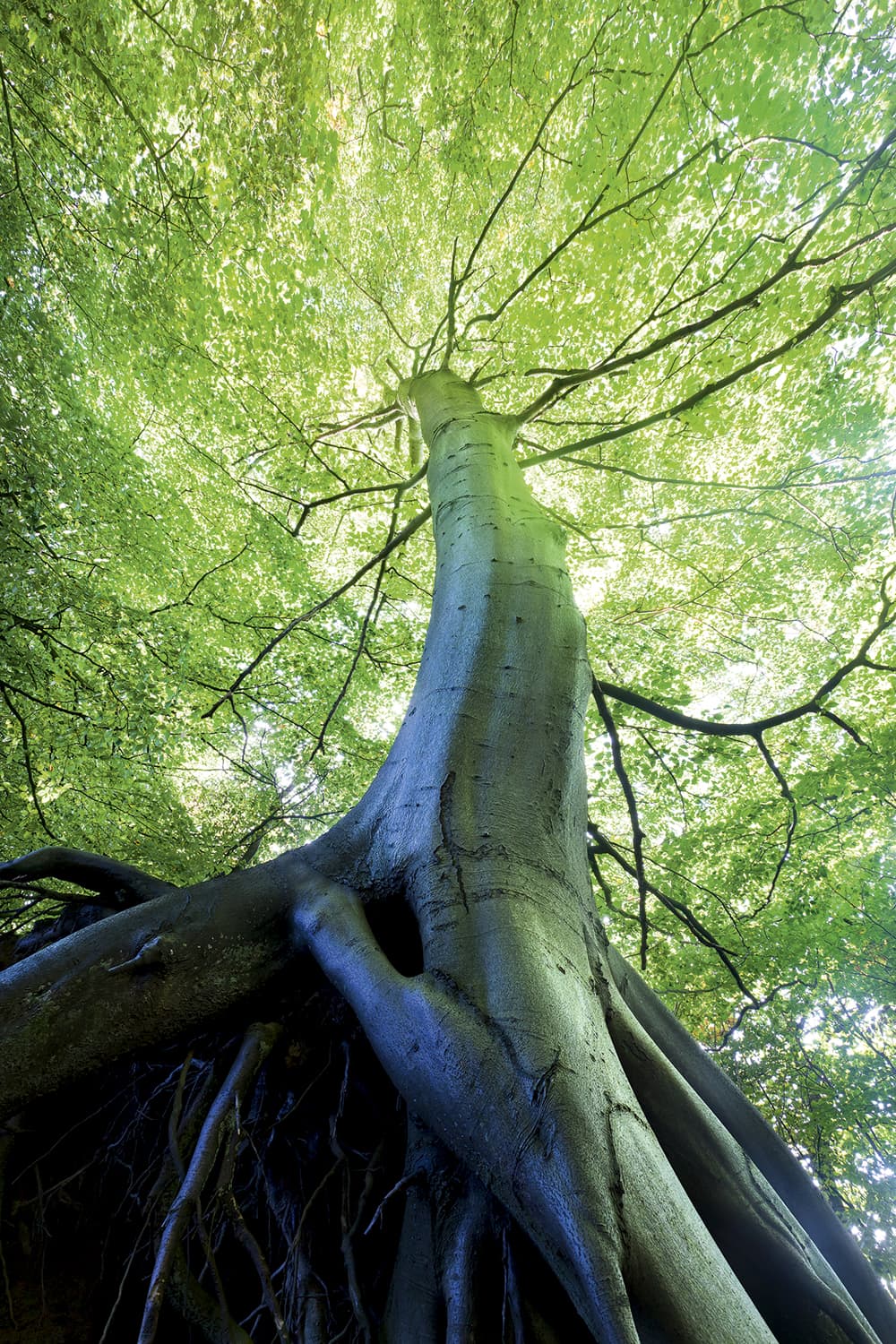
I was hanging on to these tree roots, perched haphazardly over a steep drop, to take this image. My sole intention was to present a unique view of the tree. A concerned passer-by mistook my strange technique for distress and enquired whether I needed help!
Kit list
Smartphone
Use your phone camera as a sketching tool to generate ideas. Don’t worry about the technicalities; just let your inspiration run free. You might be surprised by how creative you get.
ND filters
Having a range of ND filters enables you to choose different shutter speeds in all conditions, giving you maximum flexibility to experiment with movement. Don’t just keep to the popular 10 stop though.
Notepad
Good images are made 6in behind the viewfinder and you must always be ready to pounce on them.
I find an ideas book invaluable for recording and stimulating my thinking.
Powerful LED torch
A small powerful torch enables you to experiment with light painting in your shot. It offers more flexibility than a flash and provides a decent amount of coverage.
Mini tripod
Good ideas don’t always come when you’re prepared, so having a GorillaPod enables you to be ready to experiment everywhere. I often take mine on family days out and into cities.
Jason Theaker is a Yorkshire-based landscape photographer, lecturer and photography workshop leader. He has over 25 years’ experience working in the creative industries and combines his love of nature with his passion for creativity. To see more of his images and find out about his workshops, visit www.jasontheaker.com

